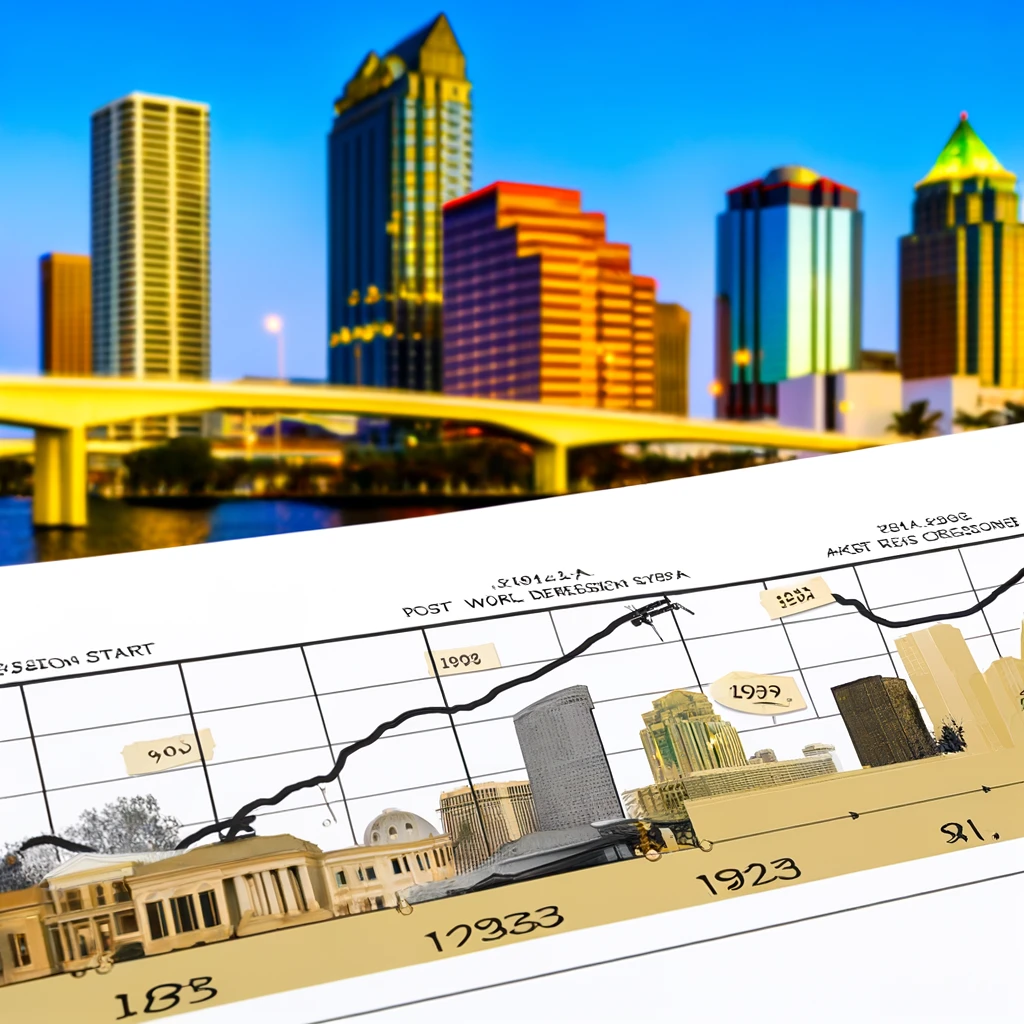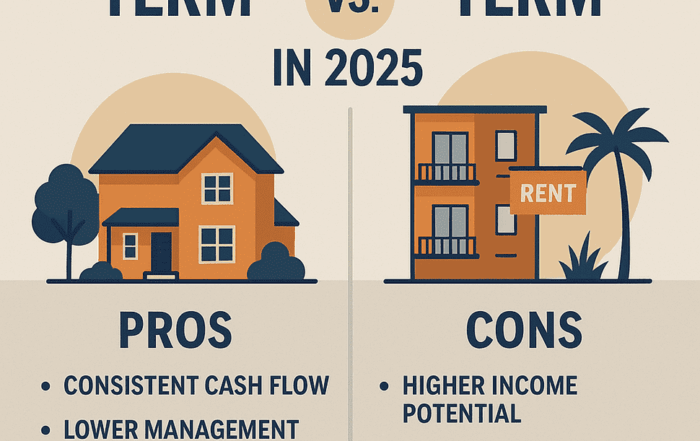
Opportunistic Buyers Are Back: Why Florida’s Real Estate Market Feels Like 2010 Again
If you were around during the aftermath of the 2008 crash, you might remember that eerie silence around 2010—the kind where agents left the business, investors stayed on the sidelines, and buyers were too [...]
Can Buying Real Estate in Florida Help You With Immigration?
Can Buying Real Estate in Florida Help You With Immigration? So you’re wondering, “If I buy a couple rental properties in Florida, does that mean I can stay here forever, sip cafecito on the [...]
Long-Term vs. Short-Term Rentals in 2025: Which Strategy Wins?
In 2025, the real estate world feels a little like a game show. Behind door one: long-term rentals—steady, reliable, and mostly drama-free. Behind door two: short-term rentals—flashier, possibly more rewarding, but full of surprises. [...]
What Does “Return” in Real Estate Really Mean? (And Why It’s More Than Just Rent Checks)
What Does “Return” in Real Estate Really Mean? (And Why It’s More Than Just Rent Checks) Ever hear someone brag about a “20% return” on a real estate deal and think, “Umm… where did [...]
What Does Cap Rate Mean in Real Estate (And Why I Actually Use It)
What Does Cap Rate Mean in Real Estate (And Why I Actually Use It) Alright, I’m gonna break this down real easy—because I wish someone had done that for me when I started. Cap [...]
Real Estate Investment Analysis: How to Know If a Deal Is Actually Worth It
Real Estate Investment Analysis: How to Know If a Deal Is Actually Worth It You know how some people go to Costco and buy stuff just because it’s in bulk—even if they don’t need [...]




